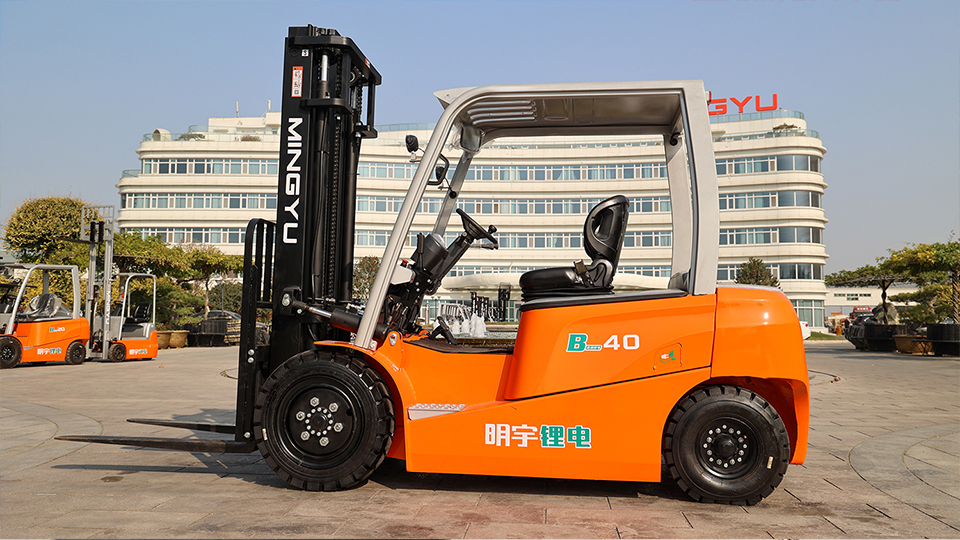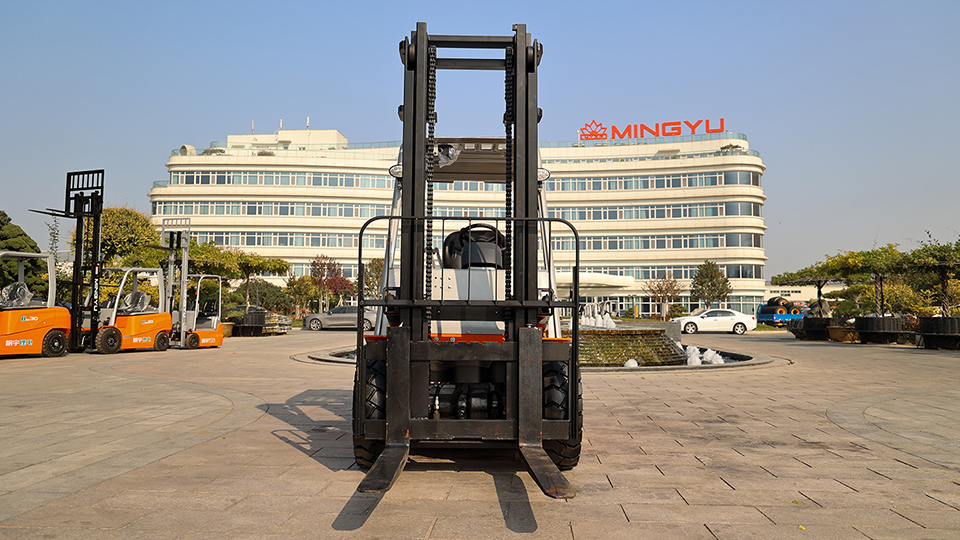
Forklift operation is a critical skill in countless industries, from warehousing and manufacturing to construction and retail. However, before anyone can get behind the controls of a powered industrial truck, they must be properly trained and certified. This is not just a matter of company policy; it's a legal requirement mandated by the Occupational Safety and Health Administration (OSHA) in the United States and similar regulatory bodies worldwide. A common question for individuals seeking to enter this field is: "How long does it take to get forklift certified?" The answer is not a single number, but a range that depends on several factors, including the training format, the operator's experience level, and the specific requirements of the employer and regulatory standards.
The Two Pillars of Forklift Certification
To understand the timeline for certification, it's essential to first grasp the two main components of any legitimate forklift training program, as defined by OSHA regulations (29 CFR 1910.178).
Formal Instruction: This is the theoretical part of the training. It can be delivered through a variety of methods, including lectures, videos, online courses, and written materials. The goal is to provide a comprehensive understanding of forklift safety principles, regulations, and operational knowledge. Key topics covered in formal instruction include:
OSHA standards and safety regulations.
The different types of powered industrial trucks and their characteristics.

Forklift controls and instrumentation.
Pre-operation inspections and maintenance checks.
Load handling, stability, and center of gravity.
Operating in various workplace conditions, such as ramps, narrow aisles, and different surfaces.
Pedestrian traffic and workplace hazards.
Practical Training and Evaluation: This is the hands-on portion where a trainee must demonstrate their ability to safely operate a forklift. This is a crucial step that cannot be skipped. Under the direct supervision of a qualified instructor, the trainee will perform tasks such as:
Starting and shutting down the forklift.
Steering and maneuvering the vehicle.
Lifting, moving, and stacking loads.
Navigating obstacles and performing specific workplace tasks.
Completing a pre-operation inspection.
A final performance evaluation is conducted to ensure the operator is competent and proficient in all aspects of safe forklift operation. Both the formal instruction and the practical evaluation are mandatory for a complete and compliant certification.
The Timeframe Breakdown: From Hours to Days
The total time it takes to get certified is the sum of the time spent on formal instruction and the time spent on practical training. Here's a breakdown of the typical durations based on the training method:
1. In-Person Training Programs
These programs are typically offered by vocational schools, dedicated training centers, or even forklift dealerships. They combine both the classroom and practical components into a single, cohesive course.
Formal Instruction (Classroom): This part usually takes a few hours, often between 4 to 6 hours. This can be a single, intensive session or spread out over two days. The instructor will use presentations, videos, and discussions to cover all the necessary safety and operational topics.
Practical Training: The hands-on portion of in-person training can vary greatly depending on the number of students and the individual's prior experience. For a beginner, this might take an hour or two of supervised practice to get comfortable with the controls and demonstrate proficiency. For a small group, the total time for practical training and evaluation might extend to a full afternoon.
Total Time: The entire process in an in-person setting can often be completed in a single day, typically taking 6 to 8 hours. Some more comprehensive programs might last two days, especially if they are certifying operators on multiple types of equipment or providing more extensive practice time.
2. Online/Hybrid Training Programs
Online certification has become a popular and convenient option, but it's important to understand how it fits into the two-part certification process.
Formal Instruction (Online): This is where online courses excel. Many online platforms offer self-paced modules that cover all the theoretical knowledge required by OSHA. A quick learner can complete this portion in as little as 1 to 2 hours. The ability to work at your own pace means someone who needs more time to absorb the material can take 3 to 4 hours or more without feeling rushed. The online portion is completed with a written exam.
Practical Training: This is the part that cannot be done online. After completing the formal instruction and passing the written test, the trainee must still undergo a hands-on evaluation. This must be conducted by a qualified person in the workplace. This could be an employer-designated supervisor or a certified trainer brought in for the purpose. The actual time for this evaluation is usually short, often just 15 to 30 minutes per person, but it is a non-negotiable step.
Total Time: The total time for a hybrid approach is the sum of the online portion and the in-person practical evaluation. While the online part can be quick, the entire process is complete only after the hands-on portion is successfully passed. This means the total time can range from a few hours to a day or more, depending on when the practical evaluation can be scheduled.
Factors That Influence the Timeline
Beyond the basic training format, several other factors can affect how long it takes to get certified:
Prior Experience: An experienced operator who is getting recertified or switching employers will likely complete the training much faster than a complete beginner. While they still need to go through the entire process, their prior knowledge and skills will significantly shorten the practical training and evaluation time.

Type of Forklift: The time it takes can also depend on the type of equipment. Training for a standard sit-down counterbalanced forklift might be quicker than for a more complex machine like a rough-terrain forklift or an order picker, which requires more specific and extensive practical instruction.
Class Size: In a group training session, the practical portion can take longer as the instructor needs to supervise and evaluate each individual.
Trainer and Facility: The efficiency of the training provider plays a role. A well-organized program with experienced instructors and dedicated equipment will typically be faster than one with limited resources.
Administrative Processing: While the training itself might be quick, there can be a short wait for the final certification card or document to be issued, although many providers now offer instant, printable proof of completion.
Recertification: A Quicker Process
OSHA mandates that forklift operators must be re-evaluated at least once every three years. This is not necessarily a full re-taking of the initial course.
Recertification Time: The recertification process is usually much faster. It typically involves a refresher course, which can be an online module or a short classroom session, followed by a practical performance evaluation.
Duration: The entire recertification process can often be completed in just a couple of hours. It's a quick and efficient way to ensure operators are up-to-date on safety protocols and still possess the necessary skills. However, if an operator has been involved in an accident or has demonstrated unsafe operation, the recertification process may be more extensive.
Conclusion
So, "how long to get forklift certified?" The most straightforward answer is typically a single day, ranging from 4 to 8 hours for a beginner. However, this can be broken down further:
Online Formal Instruction: Can be completed in as little as 1-2 hours.
In-Person Formal Instruction: Usually takes 4-6 hours.
Practical Evaluation: Can take 1-2 hours, but often less for experienced operators.
The key takeaway is that while the online portion of training can be incredibly fast and flexible, the full certification is not complete until the hands-on practical evaluation is successfully passed. Ultimately, the time spent on training is an investment in safety—an investment that protects not only the operator but also their coworkers and the company's assets. Choosing a reputable training provider and taking the time to thoroughly understand and practice the material is far more important than simply rushing through the process.
Name: selena
Mobile:+86-13176910558
Tel:+86-0535-2090977
Whatsapp:8613181602336
Email:vip@mingyuforklift.com
Add:Xiaqiu Town, Laizhou, Yantai City, Shandong Province, China